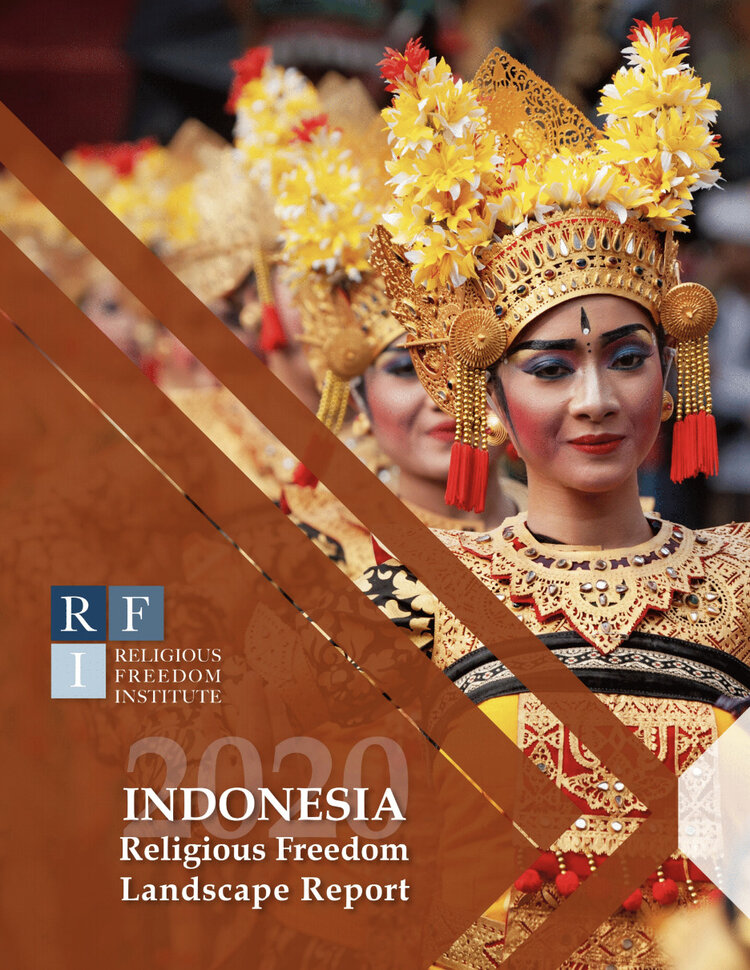
Title: Indonesia Religious Freedom Landscape Report
Author: Timothy S. Shah
About: The Indonesia Religious Freedom Landscape Report provides a thorough analysis of the legal, political, and social conditions that shape religious freedom in this country and the prospects for advancing it in the future.
Indonesia is the world’s largest Muslim-majority nation, its third largest democracy, and its fourth most populous country. It is among the most successful democracies in the Islamic world, and the only Muslim-majority country whose Christian population has significantly grown in numbers and influence since independence from colonial rule.
While the Indonesia Religious Freedom Landscape Report is unsparing in its analysis of Indonesia’s shortcomings and of the complex array of forces that threaten its traditions of religious pluralism and tolerance, it places this analysis within a wider framework that examines “strengths” and “opportunities” as well as “threats” and “weaknesses.”
Despite the existence of major challenges to religious freedom in Indonesia, it is nevertheless home to powerful actors that are systematically and institutionally maneuvering to strengthen the prospects for religious liberty in Indonesia, South and Southeast Asia, and the world at large.
Publication Date: August 2020
Recommended Citation: Shah, Timothy S. Indonesia Religious Freedom Landscape Report. Religious Freedom Institute, 2020.
THE RFI BLOG

A Call to End Anti-Semitism on America’s College Campuses
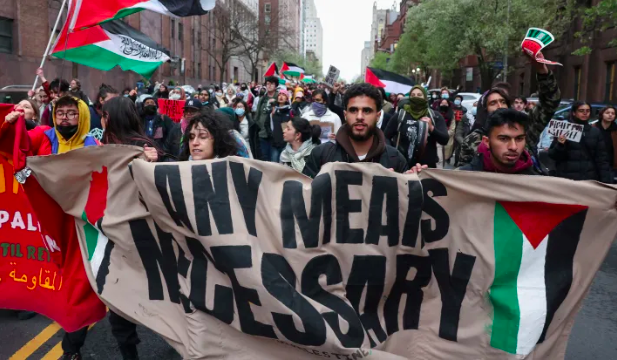
The Horrendous and Maddening Anti-Semitism in New York City
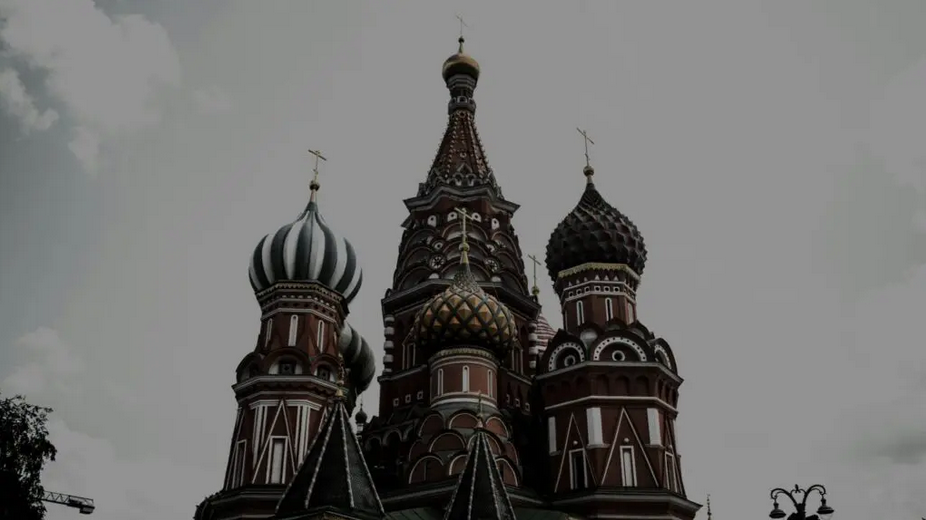
Religion, the ‘Russian World,’ and the War Against Ukraine
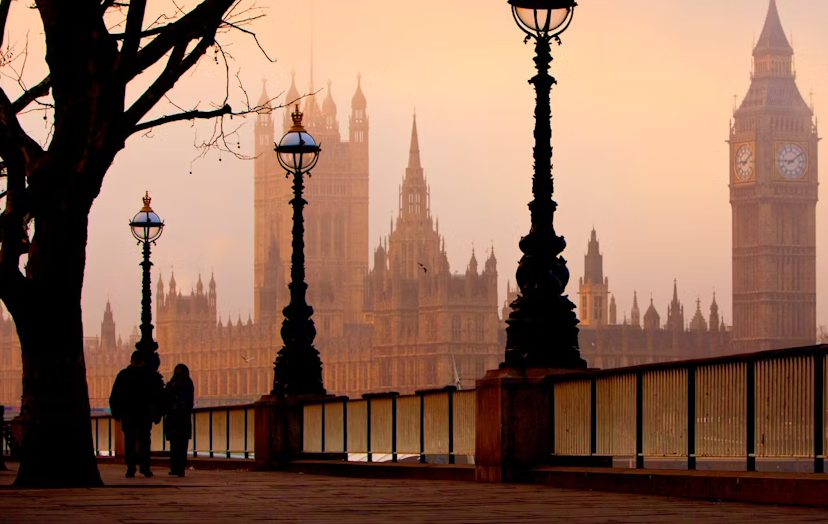
Religious Freedom Is Back on the UK’s Agenda

Be More Faithful, Become More Resilient: An Invitation to Religious Institutions
CORNERSTONE FORUM

Public Bioethics & the Failure of Expressive Individualism

Religious Liberty in American Higher Education

Scotland’s Kate Forbes and the March of Secularism

70 Years of Religious Freedom in Sweden: Prospects and Challenges

